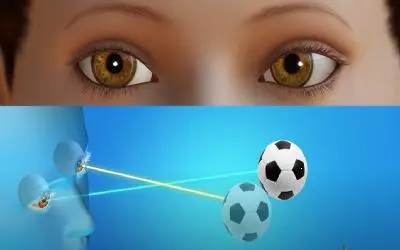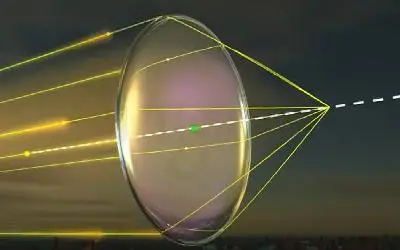Identifying visual issues in children can be complex, especially when they’re not yet able to articulate their experiences. Nonetheless, there are key indicators to look out for if you’re concerned about your child’s vision. These include:
- Reading Challenges: Falling behind in reading skills compared to their grade level.
- Avoidance of Reading: Showing reluctance or avoidance of reading activities, including reading aloud.
- Restlessness: Displaying excessive fidgeting during reading or other activities that involve learning.
- Comprehension Difficulties: Struggling to summarize or recall what they’ve read.
- Frustration: Demonstrating signs of frustration, particularly in relation to visual tasks.
- Resistance to Schoolwork: Showing a lack of interest in going to school or doing homework.
- Short Attention Span: Having difficulty maintaining focus, especially during tasks requiring visual engagement.
- Frequent Breaks: Taking unusually frequent bathroom breaks during activities involving reading or other visual tasks.
- Physical Signs: Covering one eye, tilting their head, or blinking excessively when focusing on distant objects, such as a blackboard.
Being mindful of these signs can help in early detection of visual problems in your child, enabling timely intervention and professional evaluation if necessary.



